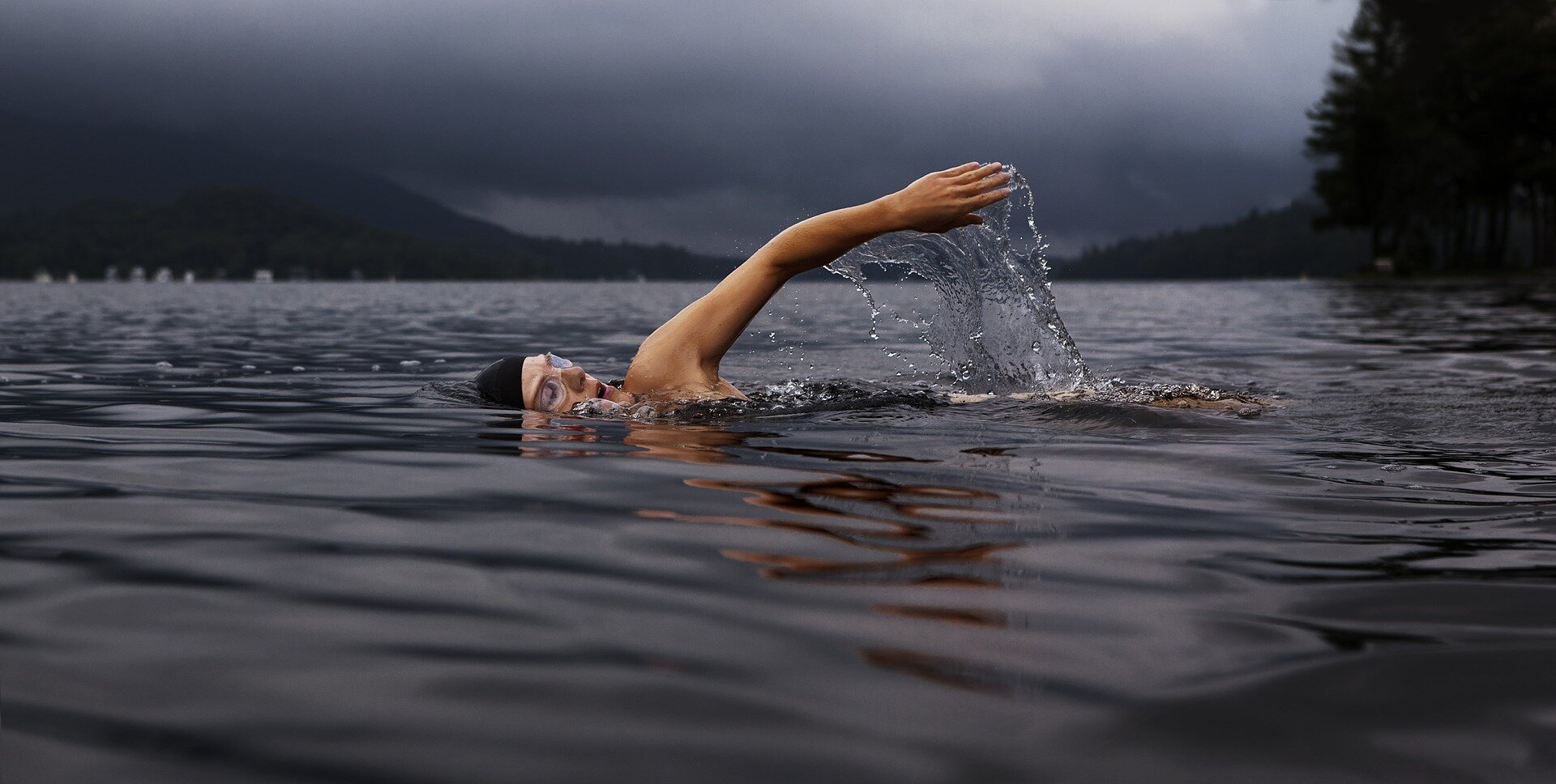So my latest hobby is wild winter swimming. The Rona pandemic has a lot to do with that. But I think Wim Hof may also be partly to blame.
Then there is the endorphin rush. That definitely keeps me hooked. Fortunately, the high of happy hormones hits while swimming, and that matters a lot.
Right now, the water hurts bad. So bad.
Because all the pools are shut down in Oregon, as well as most of the dance events that have kept me sane, I started swimming in the lakes and rivers in the middle of summer.
That got interrupted with the fires that gave Portland the distinction of the worst air quality in the country. After the air was breathable again, I went back to swimming at the end of September with the intention to see how far I could go into winter swimming.
So far, so good.
I go swimming in the Columbia River that cuts the border between Washington and Oregon. The water was just under 41° the last time I went swimming. With water that cold, the best I can hope for is numbness that makes the brief swim tolerable.
The water is supposed to be between 40-41° today and just over 41° tomorrow.
As I write this, it’s New Year’s Eve and I have yet to do my dip.
I’ll probably go right after writing this draft because I’ll be too f*cking cold when I’m done, and will need a couple of hours to rewarm.
I’ll also go again on New Year’s Day to start out 2021 with a fresh freezing baptism to christen and cleanse myself.
I like to approach certain occasions with rituals. Rituals add richness and depth to the mundane; I would even say they add meaning.
But back to winter swimming because this is not a blog about New Year’s resolutions.
By wild winter swimming, I refer to swimming in “the skins” as people say in the wild swimming world. I wear a bathing suit, bathing cap, goggles, and water shoes.
Thus far, I have not utilized neoprene to protect me from the cold.
Although I must admit I’m tempted to get gloves because the water really hurts my hands. Dunking my hands is the worst part. It’s harder than walking in the water to my waist, and it’s harder than fully dunking and swimming.
Unfortunately, the hands are a vital source of information. Through the hands and fingers, I can determine how cold it is. The basic test is tapping thumb to each of the fingers for dexterity.
Once the cold is too much, one can’t do that – and it’s definitely time to get out of the water ASAP. I don’t go that far. I get out once my hands start feeling stiff. I don’t think it’s wise to push it beyond being able to touch my fingers at all.
It’s too easy to stay in too long.
My sense of time – which is excellent in normal conditions – goes awry in the cold water. 10 minutes often feels like half that much.
And believe it or not, once the endorphins hit, I want to stay in that freezing water.
One day, I stayed in a little too long and my lips were blue for about 15 minutes while rewarming.
I only need to go once a week to keep my body acclimated to the cold. And sometimes, once a week is all I can manage. I have to go today (December 31st) if I want to stay acclimated because it’s been a week since the last time I went.
It’s an incredible way to cleanse off the chaos of this past year.
But why am I doing this?
1) I actually enjoy feeling a little uncomfortable. My life is soft, so filled with comfort and convenience – even now, with the pandemic. There is something about subjecting myself to the elements and the brutality of nature that puts the edge back in.
2) And there’s the pandemic. This is what the Rona has brought me to after the entire world has been shut down. Most of my favorite things to do – like Ecstatic Dance, Contact Improv, and travel – are off the table until Covid-19 is under control. So I started swimming in the middle of summer, and got a wild hair to see how far I could take it into the winter
3) That endorphin rush I mentioned earlier. The mental health benefits can’t be beat because they are immediate. It is absolutely impossible to feel mad, sad, or scared once I step into that water. I’m too busy screaming and cussing as the cold cuts right through me as I make my way in to feel anything else. Everything disappears but the present moment. There’s no room for depression, anxiety, rage, or sorrow.
4) It’s pretty damn good for the physical health too. First, cold water builds up brown fat. The cold transforms white fat to brown fat. Brown fat can be used for heat, energy, and our metabolism. Wim Hof has an exceptionally high amount of brown fat in his system. Second, cold water helps build up the immune system – again pandemic! – which protects us from all the usual viruses including the Rona.
5) I love me a good challenge! I question my sanity every time I go into that water, because it’s so harsh. It makes me feel invincible and I feel like a bad ass every time I do it. Isn’t building confidence and a sense of self good for psychological well-being?
6) Because there’s not much else to do. All the pools are closed in Multnomah County. All the swimmers hit the rivers and lakes this summer. Many have continued into winter with their wetsuits and neoprene.
But bad asses swim in our skins. Again refer to #5 above.
These are the ways the Rona has forced me to grow.


